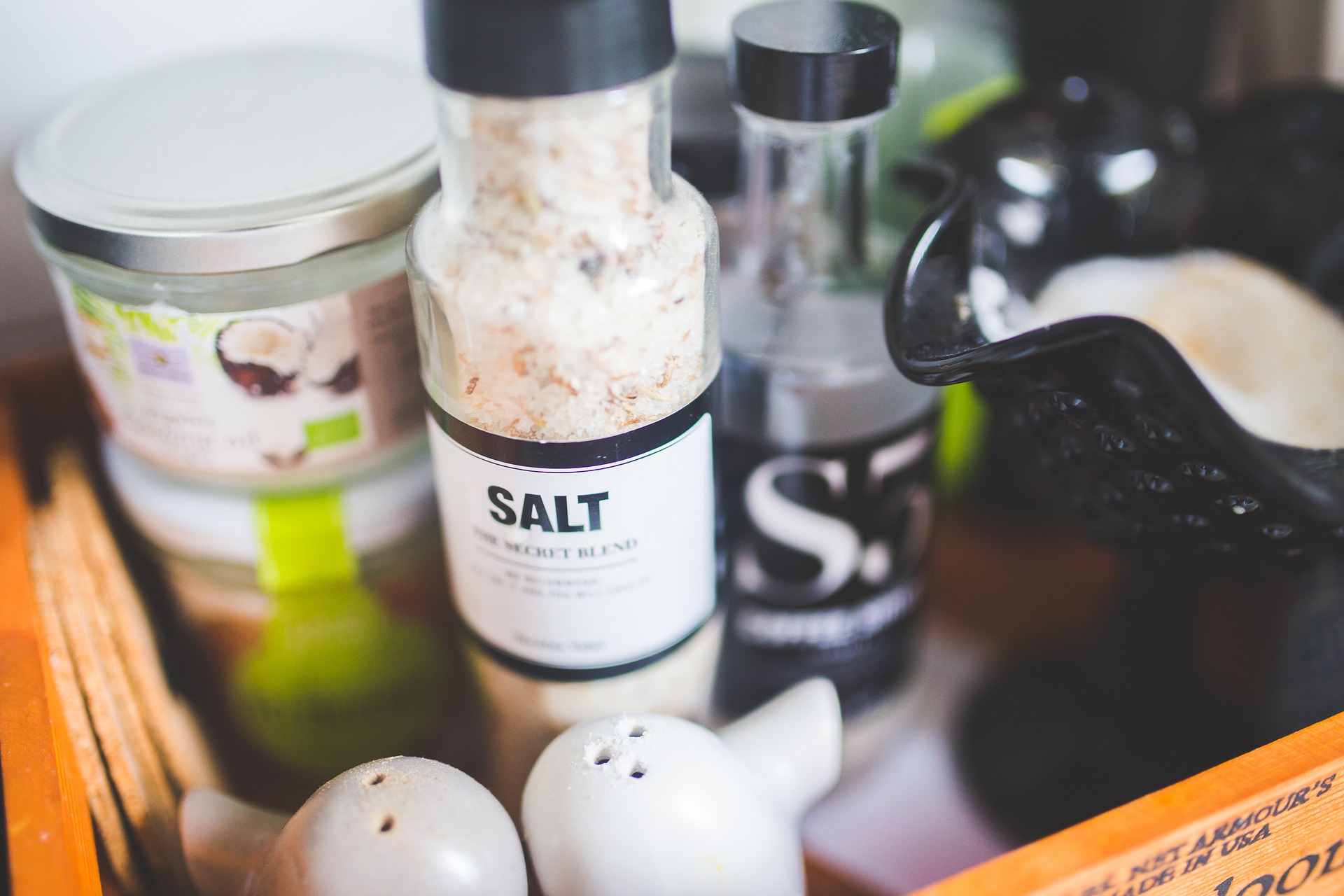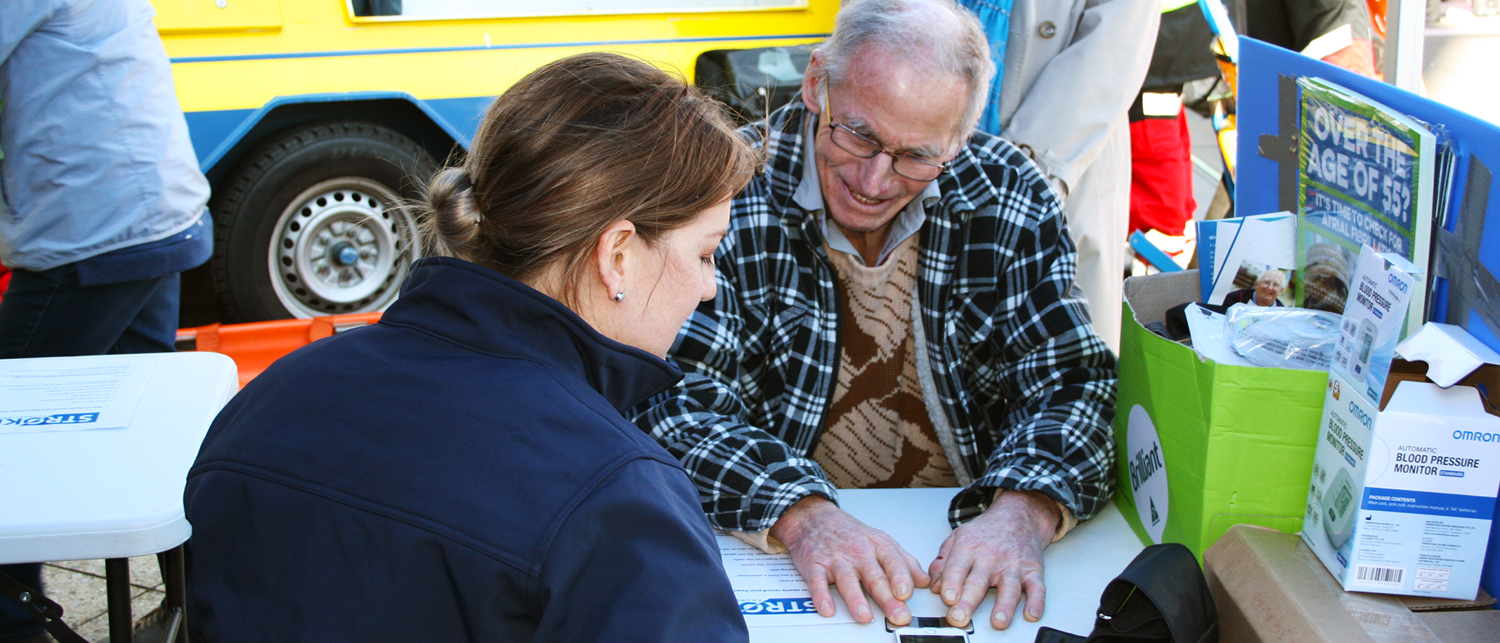Reduce your risk of stroke
______________________
Over three quarters of strokes can be avoided by making healthy lifestyle changes. Get helpful information, tips and where to learn more on this page.
· Get your blood pressure checked regularly by a doctor or nurse at least once a year and follow treatment.
· Be smokefree and vapefree.
· Eat less salt and less processed food.
· Eat healthy foods. Eat mostly whole foods such as vegetables and fruits and enjoy home-cooked meals.
· Move more. Be active for at least 30 minutes on most days of the week.
· Lose weight and maintain a healthy weight.
· Keep your alcohol intake low.
· Get your cholesterol levels checked and follow any treatment advised by your doctor.
· Get checked for atrial fibrillation (irregular heartbeat) and follow treatment advised by your doctor.
· If you have diabetes, manage your condition well.
GET YOUR BLOOD PRESSURE CHECKED REGULARLY
High blood pressure is a leading risk factor for stroke. A person with high blood pressure is up to seven times more likely to have a stroke than someone with normal or low blood pressure. The only way to know if you have high blood pressure is to get it checked. If you do have high blood pressure, it is important to follow your doctor’s advice. A healthy diet, regular exercise, not smoking and keeping a healthy weight can help prevent high blood pressure.
Find out more about blood pressure here: stroke.org.nz/blood-pressure

BE SMOKEFREE AND VAPEFREE
Tobacco smoking quadruples stroke risk! This is because chemicals in cigarette smoke:
• speed up the formation of plaque (fat, cholesterol and other substances) on blood vessel walls resulting in atherosclerosis (narrowing of the arteries)
• thicken the blood, making it sticky and more likely to clot
• tighten the blood vessels which restricts blood flow and increases blood pressure.
However, as soon as a person stops smoking, their stroke risk begins to drop and continues to improve each day. For support to quit smoking, talk with your GP or call the Quitline 0800 778 778 or quit.org.nz
You can find out more about vaping at vapingfacts.health.nz
EAT LESS SALT
A diet high in salt (sodium) can increase blood pressure and the risk of stroke. The more sodium in your blood, the more your blood volume increases, because sodium attracts and retains water. The heart has to work harder to move the increased volume of blood through the blood vessels. This creates increased strain on the arteries and high blood pressure. It is recommended that adult New Zealanders have no more than one teaspoonful of salt (2,300mg sodium) a day from all food sources. Most of us eat far more salt than this each day – and about 75% of this salt comes from processed or takeaway foods. You can reduce your salt intake by:
• choosing fresh rather than processed foods.
• checking the label on packaged foods to help you choose lower-salt items. Lower-salt items contain less than 120mg of sodium per 100g of food.
• cutting back on fast foods and takeaways.
• using herbs, spices, ginger, lemon juice or other seasonings instead of salt in cooking and at the table.
For more information about salt, visit www.stroke.org.nz/salt

EAT HEALTHY FOODS
A healthy balanced diet includes lots of fresh vegetables and fruit, grains, and a moderate amount of lean meat or low-fat protein. It also includes low fat dairy foods, soy or legume products. Each day, try to eat vegetables, fruit and legumes of different colours. Vegetables and fruit contain antioxidant vitamins and potassium, both good for the arteries. Fibre, such as in cereals, whole grain bread, beans, peas, nuts and seeds, helps reduce cholesterol. Dairy products, such as low-fat milk, yoghurt and cheese, contain both protein (to help growth and repair of our bodies) and calcium (to help keep bones strong). Cut down on fatty, salty, sugary foods and drinks.

MOVE MORE – BE ACTIVE
Being active will help to maintain a healthy blood pressure. Aim for 30 minutes of moderate exercise (enough to make you slightly warm and a little out of breath) on most days of the week. Any regular physical activity is good – and it can halve your stroke risk!
· Walking
· Gardening
· Dancing
· Swimming
· Cycling
· Doing housework
· Using stairs instead of the lift

LOSE WEIGHT
Too much body fat can lead to high blood pressure, high cholesterol and type 2 diabetes – all risk factors for stroke. A sedentary lifestyle increases the likelihood of becoming overweight or obese. A good balance between healthy eating and regular exercise can help you keep a healthy weight. If you find it hard to control your weight, ask your doctor or nutritionist for help.
KEEP YOUR ALCOHOL INTAKE LOW
Drinking more than two small alcoholic drinks a day can increase stroke risk by up to three times. A drinking binge can increase stroke risk as much as five times, regardless of age. Regular heavy drinking can lead to stroke because it can raise blood pressure and cause a brain haemorrhage (bleeding). Limiting the amount of alcohol you drink is an important way to reduce stroke risk.
CHECK YOUR CHOLESTEROL LEVELS
High blood cholesterol can contribute to atherosclerosis (narrowing of the arteries) which can lead to stroke. To reduce cholesterol, choose foods low in saturated fat. Choose lean meat and low-fat dairy products, and boost your intake of high fibre foods, e.g. cereals and wholegrain bread. Check your cholesterol level by having a blood test. Your doctor may prescribe medication to lower cholesterol, but a healthy diet and regular exercise are still important.
GET CHECKED FOR ATRIAL FIBRILLATION (IRREGULAR HEARTBEAT)
Atrial fibrillation (AF) is a type of irregular heartbeat and is a risk factor for stroke. With AF, the blood can ‘pool’ in parts of the heart and form blood clots. A clot can travel through the blood vessels to the brain where it can block an artery and cause a stroke. Symptoms of AF can be palpitations, weakness or breathlessness, but some people have no symptoms. If you suspect you have AF it is important to get checked by your doctor. Treatment for AF will reduce your risk of stroke.

IF YOU HAVE DIABETES, MANAGE YOUR CONDITION WELL
Diabetes is a condition where the body is unable to utilize blood sugar. High blood sugar levels can speed up the development of atherosclerosis (narrowing of the arteries) which can lead to stroke. If you have diabetes, your doctor can help you control your condition and reduce your risk of stroke.
Download our ‘Reduce your risk of stroke’ brochure here: stroke.org.nz/free-resources